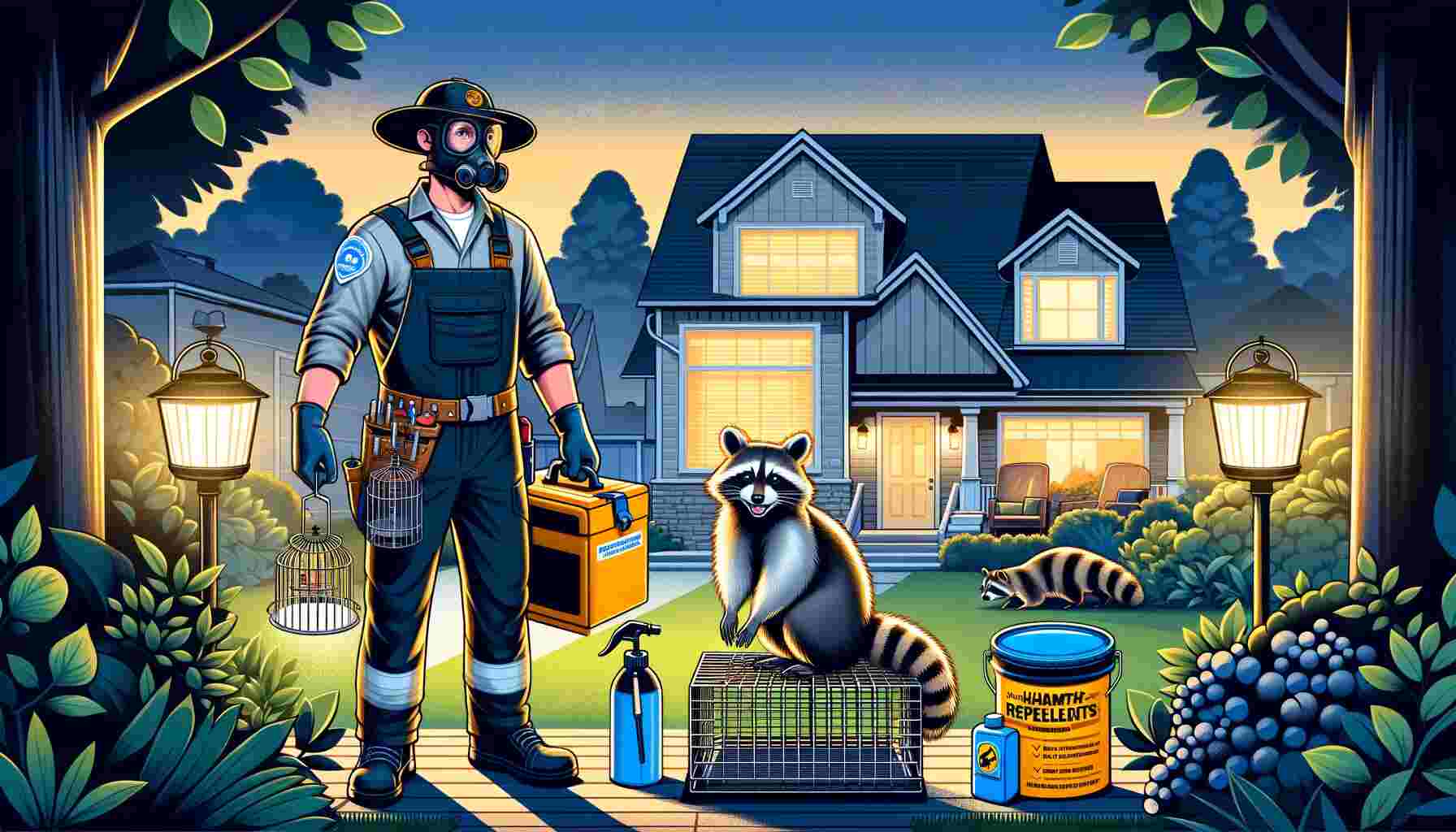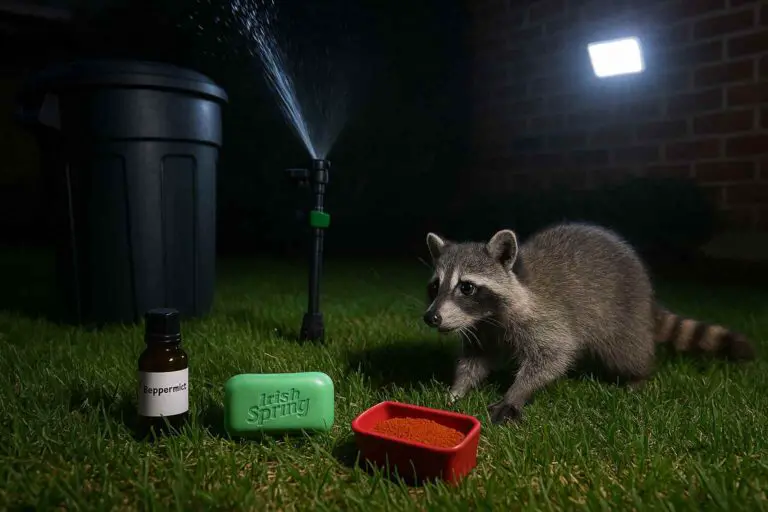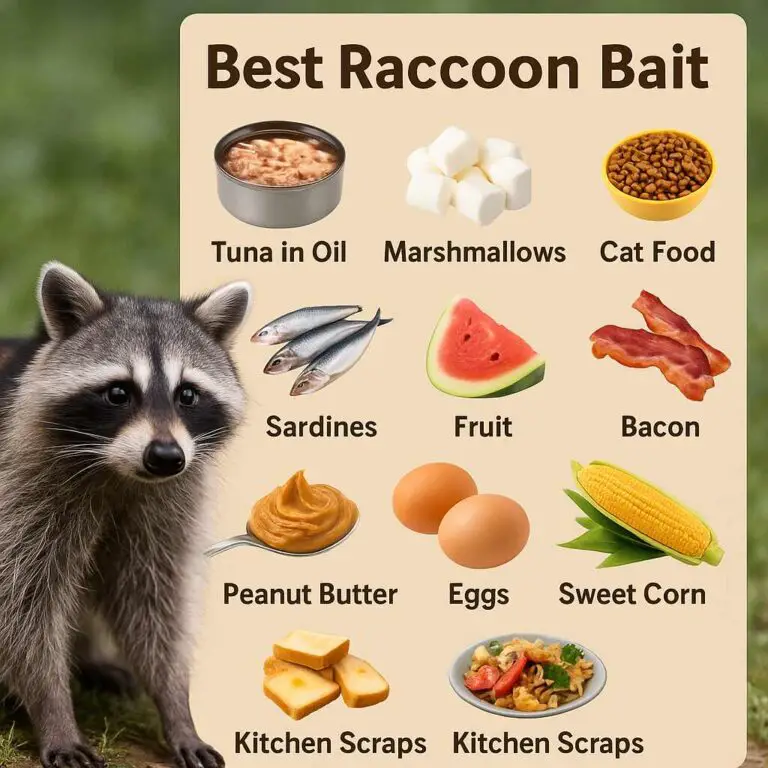Raccoons, with their mischievous antics and destructive tendencies, can quickly become a nuisance when they invade your property. Despite their cute appearance, dealing with raccoons requires swift and effective action to prevent property damage and health hazards. This guide will outline the fastest and most efficient methods for getting rid of raccoons.
Identifying Raccoon Infestations
Before implementing any removal strategies, it’s essential to recognize the signs of a raccoon infestation. Here are some key indicators to look out for:
- Property Damage: Keep an eye out for signs of property damage, such as torn insulation, ripped ductwork, and damaged shingles, which may indicate raccoon activity.
- Knocked-over Trash Cans: Raccoons are notorious for raiding trash cans in search of food. If you frequently find your trash cans overturned and rifled through, it could be a sign of raccoon activity.
- Scattered Pet Food: Raccoons are opportunistic feeders and will not hesitate to consume pet food left outside. If you notice pet food scattered around your property, raccoons may be to blame.
- Tracks and Droppings: Raccoon tracks resemble tiny handprints and can often be found near water sources or trash cans. Additionally, raccoon droppings are cylindrical in shape and may contain undigested food particles.
- Unusual Noises: Raccoons are nocturnal creatures and are most active at night. If you hear scratching, thumping, or vocalizations coming from your attic or crawl space, it could be a sign of raccoon activity.
Swift Removal Methods
Once you’ve confirmed a raccoon infestation, it’s crucial to act quickly to remove the pests from your property. Here are some swift removal methods to consider:
- Live Traps: Humane live cage traps are an effective way to capture raccoons without causing them harm. Place the traps in areas where raccoons frequent, such as near trash cans or entry points to your home. Once trapped, contact local wildlife control agencies or animal rescue organizations for safe relocation. See the top live traps here.
- Exclusion Devices: Install exclusion devices, such as one-way doors or chimney caps, to prevent raccoons from re-entering your home once they’ve been removed. Be sure to seal off all potential entry points to avoid future infestations. See the best here.
- Repellents: Use commercially available repellents, such as predator urine or ammonia-soaked rags, to deter raccoons from lingering on your property. However, be cautious when using repellents, as they may not always be effective and can pose risks to other wildlife and pets. Here are the most effective raccoon repellents.
Prevention Strategies
Preventing raccoons from returning to your property is key to long-term management. Here are some prevention strategies to consider:
- Secure Trash Cans: Invest in animal-proof trash cans with locking lids or store bins in a secure location, such as a garage or shed, to prevent raccoons from accessing garbage.
- Remove Food Sources: Minimize attractions by feeding pets indoors, picking up fallen fruit from trees, securing compost bins, and using raccoon-resistant bird feeders.
- Seal Off Entry Points: Inspect your home for potential entry points, such as gaps in siding, vents, and chimneys, and seal them off with wire mesh or sturdy barriers to prevent raccoons from gaining access.
- Install Motion-Activated Devices: Use motion-activated lights, sprinkler systems, or ultrasonic deterrents to startle raccoons and discourage them from returning to your property.
When to Seek Professional Help
While DIY methods can be effective in some cases, persistent raccoon infestations or situations involving health and safety risks may require professional assistance. Here are some scenarios in which it’s best to seek help from a wildlife removal specialist:
- Persistent Infestations: If raccoons continue to return despite your efforts to deter them, it may be a sign of a more significant underlying problem that requires professional intervention.
- Health and Safety Concerns: If you suspect a raccoon infestation poses health risks, such as the presence of raccoon feces or aggressive behavior, it’s essential to seek professional help immediately to mitigate potential hazards.
Legal Considerations
Before attempting to remove raccoons from your property, it’s essential to familiarize yourself with local regulations and wildlife protection laws. Here are some legal considerations to keep in mind:
- Check Local Regulations: Research and understand the laws and regulations governing wildlife removal in your area. Some jurisdictions may require permits or impose restrictions on certain removal methods to protect native wildlife populations.
- Adhere to Humane Practices: Prioritize humane removal methods and avoid using lethal traps or poisons, which can cause unnecessary suffering to raccoons and other wildlife.
Statistics
According to the U.S. Census Bureau, approximately 14 million of the 124 million occupied housing units in the United States reported seeing roaches, and nearly 14.8 million reported seeing rodents (mice or rats) in the last 12 months. This data underscores the commonality of pest issues in American homes, suggesting that raccoons are part of a wider concern regarding wildlife and pests in residential areas.
Effective raccoon management involves securing food sources and shelter. Raccoon-proofing trash bins and sealing entry points to homes can deter these omnivorous scavengers. Professional wildlife control services offer removal and prevention strategies to facilitate coexistence with wildlife.
Raccoons’ varied diet and reproductive habits underscore the need for targeted control measures. Their potential as rabies carriers adds urgency to managing infestations safely. Emphasizing prevention, humane removal, and adherence to local wildlife laws can guide homeowners in resolving raccoon problems responsibly.
Conclusion
Dealing with raccoon infestations requires prompt action and strategic planning to effectively remove the pests from your property while minimizing risks to human health and safety. By identifying signs of infestation, implementing swift removal methods, and taking proactive preventive measures, you can rid your property of raccoons and restore peace of mind.
Remember to prioritize humane removal practices, adhere to local regulations, and seek professional assistance when necessary to ensure a safe and lawful resolution to raccoon problems. With the right approach and resources, you can successfully reclaim your property from raccoon invaders and prevent future infestations.
You might be interested in reading this article next: Sounds to Scare Raccoons Away








